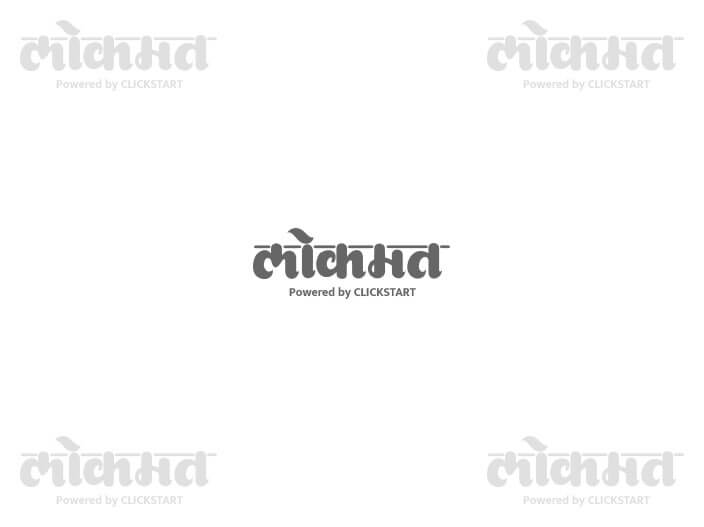Natural fibres popular in 2023
By IANS | Published: February 8, 2023 03:00 PM2023-02-08T15:00:08+5:302023-02-08T15:05:19+5:30
New Delhi, Feb 8 The Indian textile industry is one of the most distinctive in the world thanks ...

Natural fibres popular in 2023
New Delhi, Feb 8 The Indian textile industry is one of the most distinctive in the world thanks to ancient skills and cultural traditions. As per IBEF, we are the second largest producer of garments in the world and have a centuries-old textile industry that consists of a number of sectors, including hand-spun and hand-woven fabrics, as well as mills. The strength of India's textile sector is attributed to the wide diversity of natural and synthetic fibres and yarns. However, there has lately been an increase in the synthetic fibre business, which has grown tremendously over the previous decade. Fast fashion has grown more common and clothing is created in shorter timescales, with new patterns appearing every few weeks to meet the demand for the newest trends. But this comes at the expense of waste.
At the same time, there is also a desire to return to slow fashion, with superior quality items that have a longer shelf life and usage. Today's consumer is aware of the damages caused by fast fashion and is ready to return to sustainable fabrics/garments and retain their value for longer. The increase in awareness of the damage caused by synthetic materials to the environment has led to the revival of natural fibres.
Despite India's rich heritage, the fast fashion business gained traction, resulting in the widespread usage of synthetic and other artificial fibres. Not surprisingly, textile mills quickly emerged as one of the significant industrial pollutants, accounting for one-fifth of global industrial water pollution.
However, when the severe repercussions of climate change became evident to all cohorts, including policymakers, what started as a progressive movement from fast fashion to slow fashion. As a result, there has been an increase in demand for the commercial use of natural fibre-based composites in recent years. Natural fibres have advantages like low-cost, lightweight, renewability, biodegradability, and high specific properties like eco-friendliness, regenerability etc.
Opportunities for natural fibres
Natural fibres are considered the backbone of the Indian textile industry, which is expected to grow from $138 billion to $195 billion by 2025. The market for natural fibres has been steadily increasing, which provides opportunities for farmers in the country, mainly those farming cotton, silk, jute, wool, and linen. India's farm cotton output stands at 21 USD billion which was 12.5 billion in FY21 mainly due to an increase in the price of raw cotton. India is the 2nd largest producer and consumer of Silk with a production value amounting to 34000 MT. India exported USD 18.9 billion worth of cotton and related goods IN FY 22 - USA, China and Bangladesh were the major export destinations. The silk export stood at USD 208 Bn major importers were USA, UAE and China.
Disclaimer: This post has been auto-published from an agency feed without any modifications to the text and has not been reviewed by an editor
Open in app